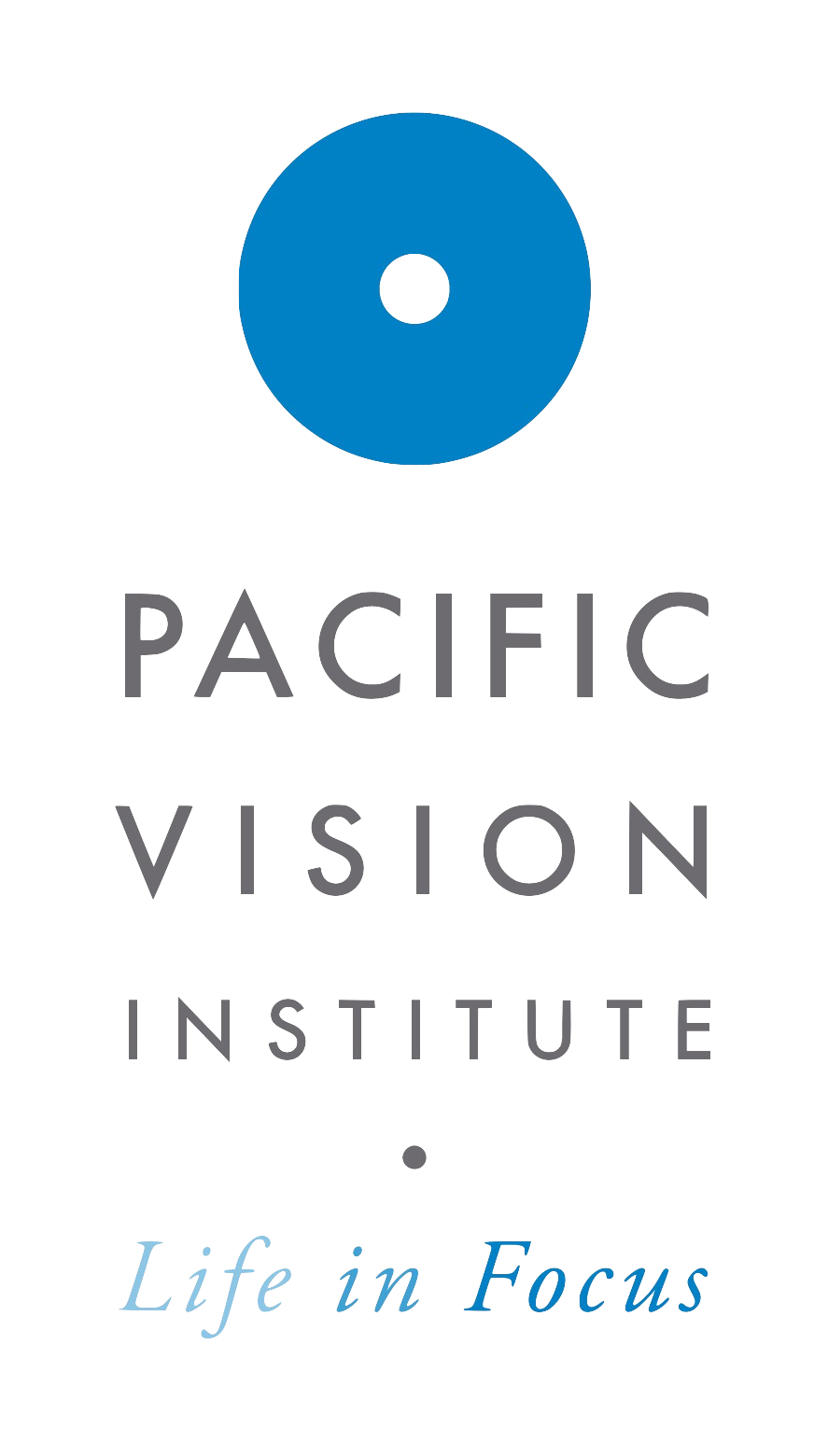What is Myopia?
When looking into vision problems, most patients come across the term ‘Myopia.’ While it isn’t a big cause for concern, it is important to understand what it is.
What is Myopia?
Myopia, otherwise known as nearsightedness, can be defined as a structural discrepancy of the eye in which the axial length (front to back) of the eye is excessively long. The longer this part of the eye is, the more pronounced the Myopia will be. Patients with Myopia experience blurriness when looking far away but clear vision when looking at things close to them.
What causes Myopia?
While the exact cause of Myopia is not clearly understood, what is certain is that both environmental and genetic factors play a role in the development of our eyes. Research has indicated that children who spend a minimum of two hours outside every day are less likely to develop Myopia. It is believed that regular exposure to a variety of visual stimuli, such as varied lighting conditions, textures, and focal lengths can be beneficial to healthy eye development (spending too much time looking at screens has the opposite effect).
There is data that indicates a strong genetic aspect for Myopia. Patients who have one nearsighted parent have about a 33% chance of developing the condition while having two parents could put them at a 46% chance. This is further proved by the fact that geneticists have discovered more than 40 genes that are linked to Myopia.
How is Myopia treated?
When it comes to addressing nearsightedness, glasses, contact lenses, and laser refractive surgery are the primary options.
Glasses are a great solution for this issue, as they help light focus directly onto the retina. The weight and thickness of the glasses will depend on how serious the patient’s Myopia is.
Some patients may choose to forgo glasses and get contact lenses, as there is no weight burden and they don’t affect the patient’s appearance. They also don’t affect peripheral vision the way glasses do. However, patients should be advised that contact lenses are known for causing dry eyes and come with more responsibility and cost in terms of cleaning.
Whether patients choose the route of glasses or contact lenses, they will need to get them adjusted over time for changes in their vision.
Corrective surgery is obviously a more permanent solution to Myopia, but it is only recommended for patients who have a more pronounced problem. Laser refractive surgery gives patients the opportunity to resolve their vision problems without having to constantly worry about issues with glasses or contact lenses.
What is the takeaway?
Myopia is an incredibly common condition that can be easily treated using various techniques. Understanding nearsightedness and the ways it develops can help patients prevent their condition from worsening. Those with children can also help ensure they have better vision by having them go outside on a regular basis.

